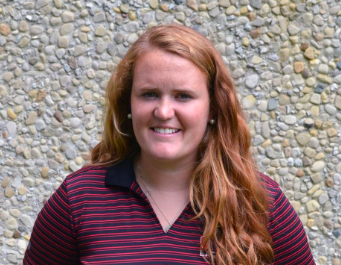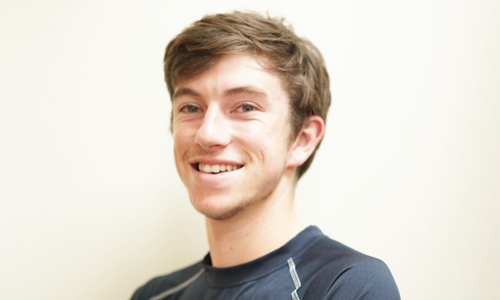By Meg Edwards
Staff reporter
mmedwards@owu.edu
As Delaware tackles snow emergencies and negative temperatures, some Ohio Wesleyan students remember other, more destructive natural disasters.
For Sandra Galindez (2020) and Alexander Sanchez (2022), both Puerto Rican students studying at OWU, Hurricane Maria was more than just a passing news story.
Puerto Rico, which is a United States protectorate with a population of over 3 million (according to the US Census Bureau) gained significant attention from US media after it was devastated by Hurricane Maria over sixteen months ago, in September of 2017. The official death toll from Puerto Rican officials is 2,975, referring to the thousands of people who died of conditions following the storm, such as a lack of electricity, fresh water, food, and access to medical care.
For Galindez and Sanchez, the hurricane had an impact even when they were far away in the midwest.
“I couldn’t go home for Thanksgiving,” junior Sandra Galindez said. “My mom said there were not enough rations.” Many houses on the island did not have electricity for over a year; for people like Ms Galindez’s father, who is a dentist, returning to work was impossible.
But Ms. Galindez also stressed that many Puerto Ricans who lived through the storm have no desire to recall all its details: they are eager to move on. “We don’t like to talk about it,” Galindez said. According to Ms. Galindez, time in Puerto Rico is broken into two periods: before Maria and after.
Alexander Sanchez, a sophomore, was able to visit his family in Puerto Rico over this past winter break, but he is not the only visitor to Puerto Rico recently. Senator Elizabeth Warren (D-MA) visited the island on January 22nd, using the trip to address the many communities still struggling and to criticize the current administration for its handling of the storm.
Sanchez says he hopes her visit will bring increased attention to the plight of Puerto Rico from mainland US citizens. Mr. Sanchez worries that this new attention may not be enough- “unless more politicians in both countries continue to bring attention to the issue.”
Shortly after the hurricane, USA Today published a poll with Suffolk University which showed that only 47% of Americans were aware that Puerto Ricans are US citizens from birth, and some observers pointed to this lack of understanding as a cause of the insufficient aid from the US government.
Galindez also expressed hope that Americans are gaining greater awareness of Puerto Rico’s existence, its status as a US protectorate, and its culture. When asked what she wishes more Americans knew about Puerto Rico, she said, “that we do not live in [shacks]… that we are still standing.”
Sanchez said he wishes more Americans understood how the development of Puerto Rican culture differed from that of mainland American culture, considering Puerto Rico’s history as a colony and America’s history as a colonial power.
“The colonial status of Puerto Rico is something that does still exist, and it is important for everyone to remain aware of the fact that this does influence many of the issues that surround the island both politically and culturally,” Sanchez said.
The attention that continues to surround Puerto Rico may be evidence that change is still on the horizon for the island, more than a year after the storm.






